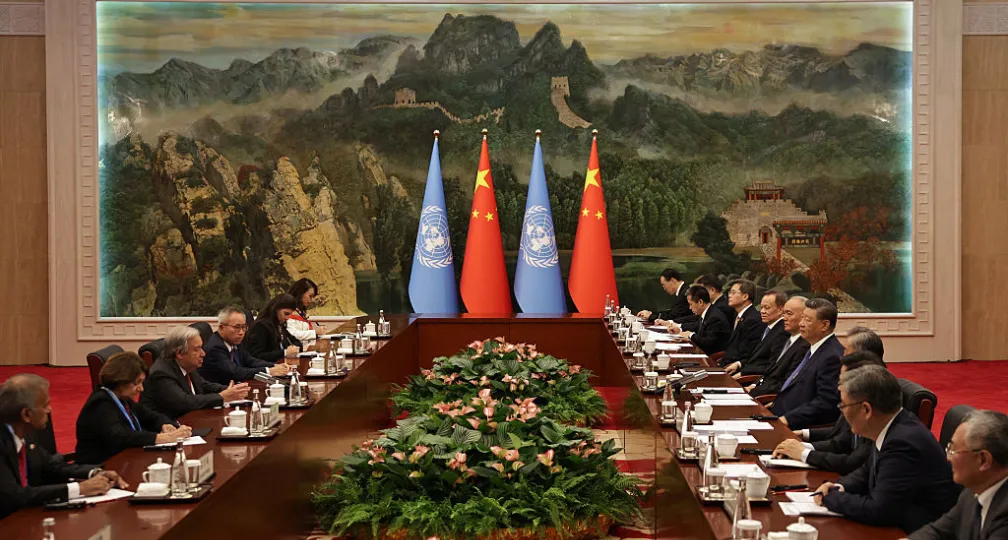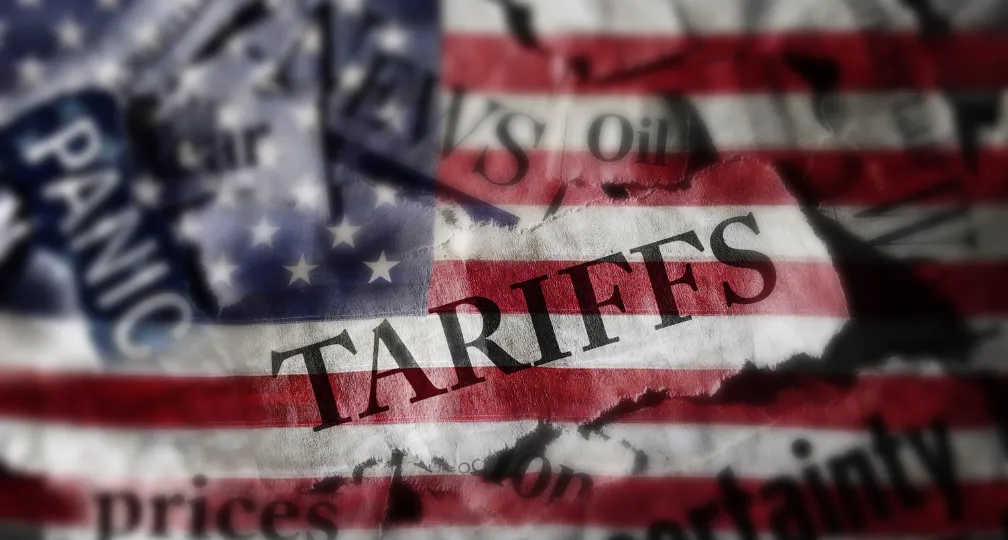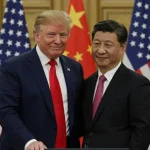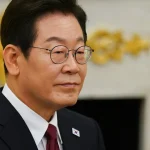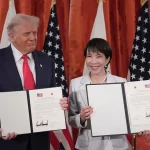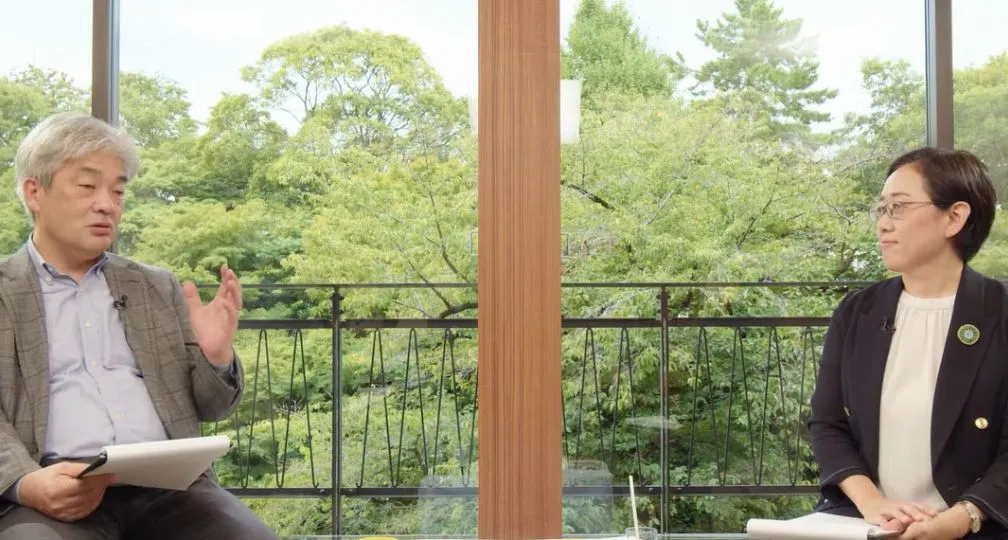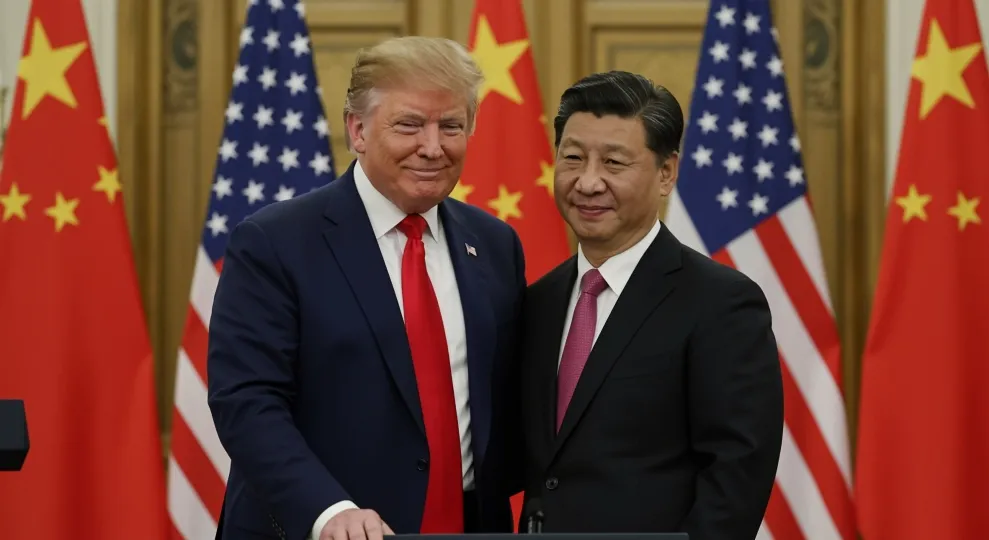Can Takaichi Build on a Successful Summit?
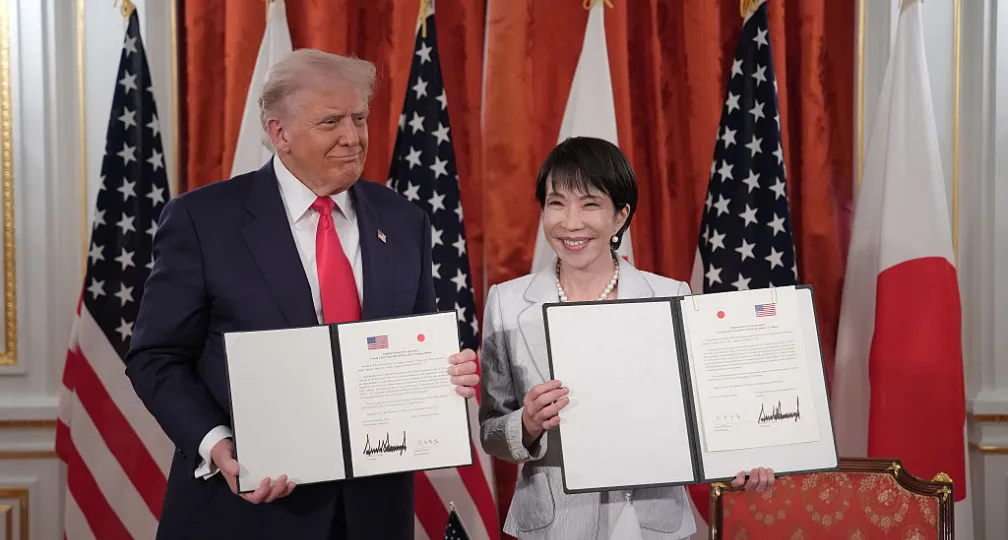
The latest regulatory developments on economic security & geoeconomics
By Paul Nadeau, Visiting Research Fellow, Institute of Geoeconomics (IOG)
Trump Sanctions Russian Oil: The U.S. Treasury Department’s Office of Foreign Assets Control (OFAC) announced designations on Russia’s Rosneft and Lukoil and several subsidiaries on October 22 “as a result of Russia’s lack of serious commitment to a peace process to end the war in Ukraine” pursuant to Executive Order (E.O.) 14024 for operating or having operated in the energy sector of Russia’s economy. The announcement came shortly after Russian President Vladimir Putin canceled a planned meeting in Budapest, Hungary to discuss the future of Russia’s invasion of Ukraine. Additionally, the United Kingdom separately announced its sanctions on the companies two days before the Treasury Department’s announcement.
Trump Visits Japan: Donald Trump visited Japan on October 28-29 and met with new prime minister Takaichi Sanae, among others. In terms of economics, the visit included agreements such as the U.S.-Japan Technology Prosperity Deal, a memorandum of cooperation covering “accelerating AI adoption and innovation” and “trusted technology leadership”, a framework agreement for securing the supply of critical minerals and rare earths, and a joint statement on the $550 billion investment fund created under the July tariff agreement as well as a fact sheet with possible investments produced by both countries.
U.S. Reaches Agreements, Framework Agreements with ASEAN Countries: On October 27, U.S. Trade Representative Jamieson Greer announced reciprocal agreements with Cambodia and Malaysia and frameworks for reciprocal agreements with Thailand and Vietnam. Under the agreements, the United States would maintain a 19 percent tariff rate on Cambodia, Malaysia, and Thailand, and a 20 percent rate on Vietnam and the countries pledged to remove trade barriers and provide preferential market access to various U.S. goods such as automobiles and aircraft, along with commitments in digital trade, services and investments. The United States also reached agreements with Malaysia and Thailand to cooperate on diversifying critical mineral supply chains, and Malaysia agreed to refrain from banning or imposing quotas on exports to the U.S. of critical minerals or rare earth elements. The critical minerals agreements comes as China increases its efforts in this sector in Southeast Asia.
Australia, U.S. Ink Agreement on Critical Minerals: On October 21, Australia and the United States signed an agreement to improve rare earths and other critical minerals. Under the agreement, the two countries will each invest $1 billion over the next six months into mining and processing projects as well as establish a price floor for critical minerals to accelerate the development of mining, processing, and recycling projects in priority commodities.
Europe Adopts 19th Sanctions Package against Russia: The European Council adopted a 19th sanctions package against Russia which includes 69 individual listings and economic restrictive measures targeting the energy, finance, and the military industrial complex sectors. The package includes a ban on imports of Russian liquefied natural gas (LNG) and pipeline gas into the EU, starting January 2027 (one year ahead of the original timeline) and new energy contracts would be banned beginning on January 1, 2026, an additional 117 vessels have been made subject to a port access ban, introduces a ban on reinsuring vessels belonging to the shadow fleet, expanding the existing export ban to include electronic components, rangefinders, additional chemicals used in the preparation of propellants and additional metals, and oxides and alloys used in the manufacturing of military systems. The package must be ratified by the European Parliament and is consistent with EU goals to achieve energy autonomy by 2027.
Trump Expands Tariffs on Trucks, Busses: On October 17, Donald Trump invoked Section 232 of the Trade Expansion Act of 1962 (Act) to impose tariffs on imports of medium- and heavy-duty vehicles and parts to protect U.S. national security. Trump’s action extends until 2030 a 3.75 percent U.S. production offset credit that automakers can apply against a 25 percent tariff on auto parts. Originally, it was set to decline to 2.5 percent in 2027 and then be eliminated in 2028. The action also imposes a 25 percent tariff on medium- and heavy-duty trucks and their parts, and a 10 percent tariff on school buses, city buses, motor coaches and similar vehicles.
U.S. Expands Iran Sanctions: On October 9, the U.S. Treasury Department’s Office of Foreign Assets Control (OFAC) sanctioned more than 50 individuals, entities, and vessels that facilitate Iranian oil and liquefied petroleum gas (LPG) sales and shipments from Iran. The U.S. State Department concurrently announced that it had sanctioned approximately 40 individuals, entities, and vessels to stem the flow of revenue that Iran uses to support terrorism abroad. OFAC also announced sanctions on individuals and companies that assist Iran in evading U.S. sanctions, smuggling weapons, and engaging in corruption in Iraq.
Trump Breaks Off Canada Talks: Donald Trump broke off trade negotiations with Canada on October 24 and threatened to raise tariffs on Canadian imports by an additional 10 percent after the province of Ontario air an advertisement that featured former U.S. President Ronald Reagan criticizing tariffs. Canadian Prime Minister Mark Carney responded that Canada was ready “to continue to build on the progress we had been making” when Trump is ready.
U.S. Begins Collecting Port Fees on Chinese Ships: In early October, the United States began collecting port fees of $50 per ton fee today on cargo carried to the U.S. on Chinese-owned or operated ships. The fee will increase $30 per ton each year over the next three years, up to $140. In retaliation, China’s Ministry of Transport announced on October 10 that it will match the planned increase.
U.S. Sanctions Colombia’s President: The U.S. Treasury Department’s Office of Foreign Assets Control (OFAC) announced on October 24 that it would designate Colombia’s President Gustav Petro for Colombia’s narcotics activities. The designation was made pursuant to Executive Order (E.O.) 14059, which targets foreign persons involved in the global illicit drug trade and were also extended to Colombian Interior Minister Armando Benedetti, as well as Petro’s wife and eldest son. Petro is the fifth sitting head of state sanctioned by the United States after Alexander Lukashenko of Belarus, Ayatollah Ali Khamenei of Iran, Vladimir Putin of Russia, and Nicolás Maduro of Venezuela.
Analysis: Can Takaichi Build on a Successful Summit?
It would be hard to imagine a more difficult challenge for an incoming prime minister of Japan. Less than a week in office, Takaichi Sanaei finds herself governing a divided party that’s still trying to overcome scandals that damaged public trust, seeing the exit of a long time coalition partner that provided steadfast electoral support, and then meeting the leader of the world’s largest economy and Japan’s only ally who considered a tariff rate of 15 percent to be a good deal. While that meeting may have been a rousing success in terms of optics, the fundamental challenges to Takaichi’s premiership remain.
To be sure, her management of Donald Trump’s visit was a success in terms of messaging and as a signal to voters and her counterparts in the Diet that she can rise to the big occasion and surpass expectations. While the agreements and statements were vague and general, the success of Trump’s visit will buy her political space with the public and she’ll need because she still has a government to run and it’s not clear if her apparent personal popularity can transmit to the rest of the party.
On the substance of her international economic plans, she hasn’t shown a significant departure from her predecessors. To use a specific example, her instructions to her cabinet ministers point to consistency, with the instructions to Foreign Minister Motegi Toshimitsu including expansion of free and fair economic zones, including the Comprehensive and Progressive Trans-Pacific Partnership (CPTPP), and implementing the Japan-U.S. agreement on tariff measures. The instructions to Minister of Economy, Trade, and Industry Akazawa Ryosei, who negotiated the July agreement with the United States, include things like expanding dual-use manufacturing (along with Minister for Economic Security Onoda Kimi), strengthening inbound investment screening, as well as working with Motegi to expand free and fair trade and implementing the Japan-U.S. tariff agreement.
There was a lot of attention on her comments during her campaign for party president that tariff agreement with the United States is unfair and that she’d consider renegotiating it. This didn’t seem to come up during Trump’s visit, but the fact that implementation of the July agreement is ongoing will allow for a certain degree of readjustment or refinement of the terms, though probably far short of a full renegotiation. While the agreement is less unfair than it was at the announcement as discussions over implementation have progressed, features like the investment commitments, where Japan can refuse an investment project but only at the risk of high tariffs and while most of the profits go to the United States, is not a fair agreement. Even if she truly believes the agreement is unfair, she’ll have to reconcile the fact that the July agreement was probably the best that Japan could’ve hoped for, while still being objectively unfair to Japan.
Takaichi has some leverage with the United States, some of which was on display during Trump’s visit. For example, accelerated defense spending commitments, stronger investment screening, expanding dual-use manufacturing, and more, seemed to help assure Trump that Japan’s priorities are aligned with those of the United States. Many of these would have been priorities regardless of who is in the White House or who sits in the Kantei, but underlining common ground will help her case that Japan is a reliable partner. Takaichi also has the benefit of nine months of hindsight to draw from to understand the Trump administration’s goals and behaviors and two ministers who can point to having managed an agreement with the Trump administration on their resume – Motegi during the first Trump administration and Akazawa in the second.
If this leverage seems limited, it’s because it is. Japan simply lacks the chokepoints that would provide it with real leverage over the United States like China does with rare earths or Taiwan with semiconductors. Just like Europe and South Korea, who themselves had to accept unfair agreements with Trump, Japan depends on U.S. security commitments for its national defense. While Japan may not acknowledge this as clearly as EU Commissioner Ursula von der Leyen, it’s the phantom that hangs over everything in Japan’s relationship with the United States.
Her domestic political space is even less forgiving. Takaichi mostly faces the same constraints as her predecessor, Ishiba Shigeru, leading a minority government reliant on opposition parties for votes and facing a Trump administration focused on realigning global trade patterns. She may be even weaker than Ishiba following the exit of Komeito from the governing coalition, and the current partnership with the Japan Innovation Party is much more volatile and the two parties still have fundamental disagreements on key policies. While her cabinet picks suggest conventional LDP pragmatism, the choices for party leadership posts and the collapse of the coalition with Komeito suggests a highly questionable political sense. While her moves to make the LDP a more ideologically coherent conservative party may eventually pay off, they’re also high-risk and constrain the LDP’s possibilities for electoral success.
For that reason, expectations for Takaichi’s leadership may need to remain grounded despite the success of the summit. Even Abe Shinzo, whose relationship with Trump was famous and whose legacy Takaichi has drawn upon, was unable to secure “wins” with Trump but to mitigate harm. Another more constructive legacy of Abe’s that Takaichi could draw upon is to broaden and diversify Japan’s economic relationships. Her emphasis on CPTPP in the instructions to her cabinet reflects Japan’s need to hedge its economic relationships to improve its resiliency as pressure from China and the United States continues, a trend that would also probably be inevitable regardless of who sits in the Kantei, but would be relatively achievable. In hindsight, the summit may have been the easy part, because the fundamental conditions facing her premiership are mostly unchanged.
(Photo Credit: Getty)
Disclaimer: The views expressed in this IOG Economic Intelligence Report do not necessarily reflect those of the API, the Institute of Geoeconomics (IOG) or any other organizations to which the author belongs.
API/IOG English Newsletter
Edited by Paul Nadeau, the newsletter will monthly keep up to date on geoeconomic agenda, IOG Intelligencce report, geoeconomics briefings, IOG geoeconomic insights, new publications, events, research activities, media coverage, and more.
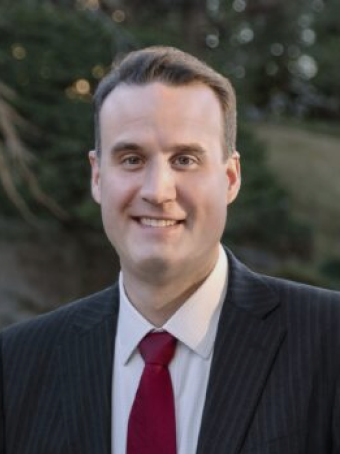

Visiting Research Fellow
Paul Nadeau is an adjunct assistant professor at Temple University's Japan campus, co-founder & editor of Tokyo Review, and an adjunct fellow with the Scholl Chair in International Business at the Center for Strategic and International Studies (CSIS). He was previously a private secretary with the Japanese Diet and as a member of the foreign affairs and trade staff of Senator Olympia Snowe. He holds a B.A. from the George Washington University, an M.A. in law and diplomacy from the Fletcher School at Tufts University, and a PhD from the University of Tokyo's Graduate School of Public Policy. His research focuses on the intersection of domestic and international politics, with specific focuses on political partisanship and international trade policy. His commentary has appeared on BBC News, New York Times, Nikkei Asian Review, Japan Times, and more.
View Profile-
 Japan-India Defense in a Fragmenting Indo-Pacific2025.12.10
Japan-India Defense in a Fragmenting Indo-Pacific2025.12.10 -
 The “Economic Security is National Security” Strategy2025.12.09
The “Economic Security is National Security” Strategy2025.12.09 -
 India - Japan: The Glimpse of a Shared Vision2025.12.05
India - Japan: The Glimpse of a Shared Vision2025.12.05 -
 Beijing’s ‘Globalist’ Agenda Under Trump 2.02025.12.01
Beijing’s ‘Globalist’ Agenda Under Trump 2.02025.12.01 -
 Trump’s Tariffs Might Be Here to Stay – No Matter Who’s in Power2025.11.28
Trump’s Tariffs Might Be Here to Stay – No Matter Who’s in Power2025.11.28
 Event Report: The Trump Tariffs and Their Impact on the Japanese Economy2025.11.25
Event Report: The Trump Tariffs and Their Impact on the Japanese Economy2025.11.25 The Real Significance of Trump’s Asia Trip2025.11.14
The Real Significance of Trump’s Asia Trip2025.11.14 The long road to a South Korea-U.S. trade deal2025.11.26
The long road to a South Korea-U.S. trade deal2025.11.26 India’s Structural Reforms: Opportunities and Risks2025.11.14
India’s Structural Reforms: Opportunities and Risks2025.11.14 Can Takaichi Build on a Successful Summit?2025.10.31
Can Takaichi Build on a Successful Summit?2025.10.31





